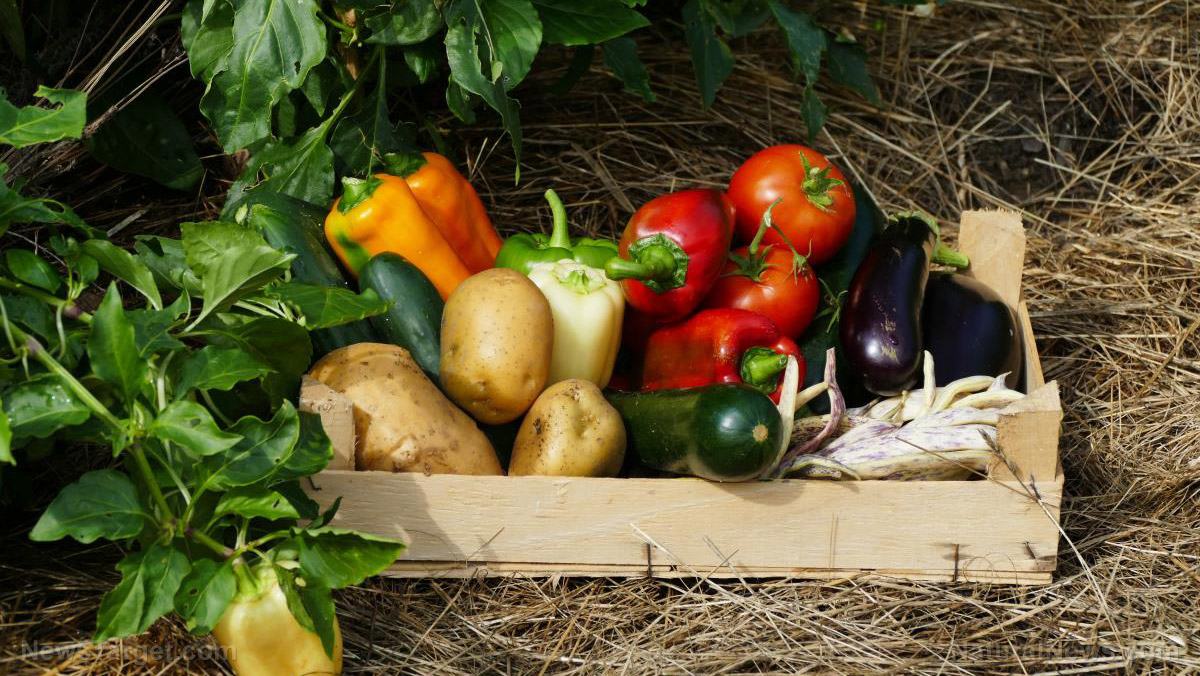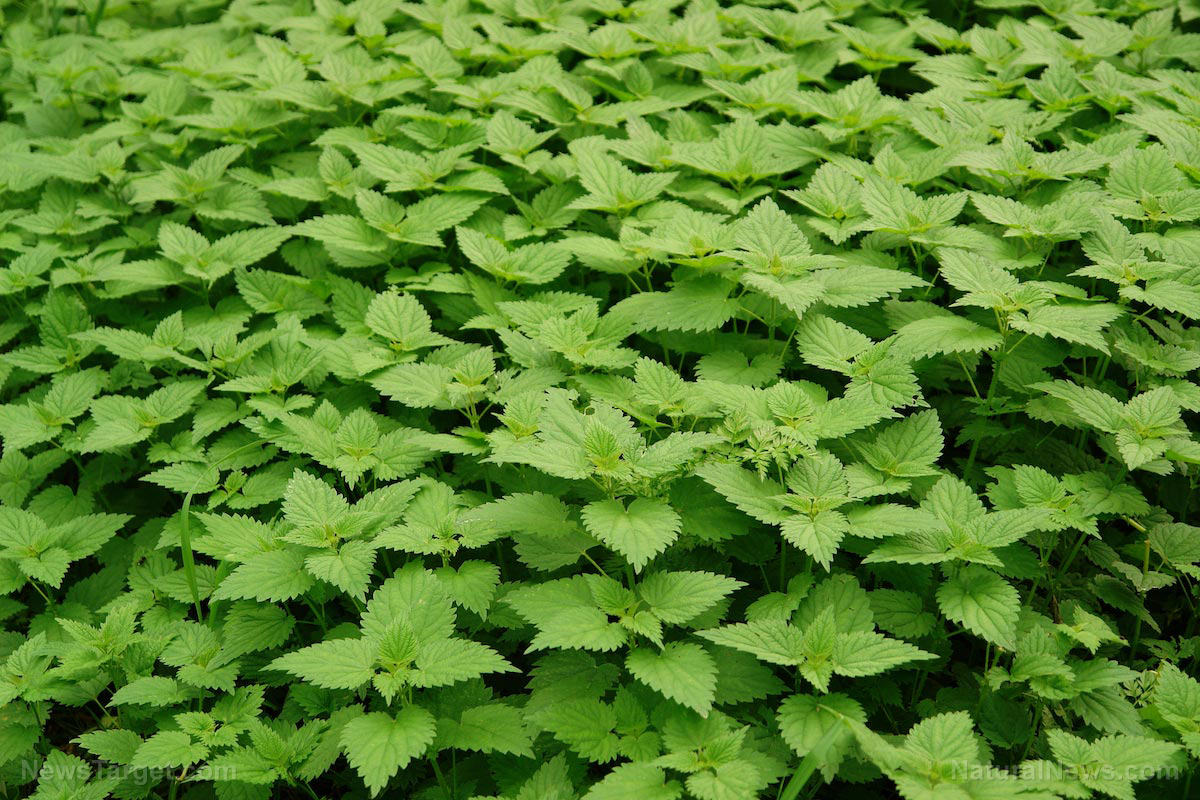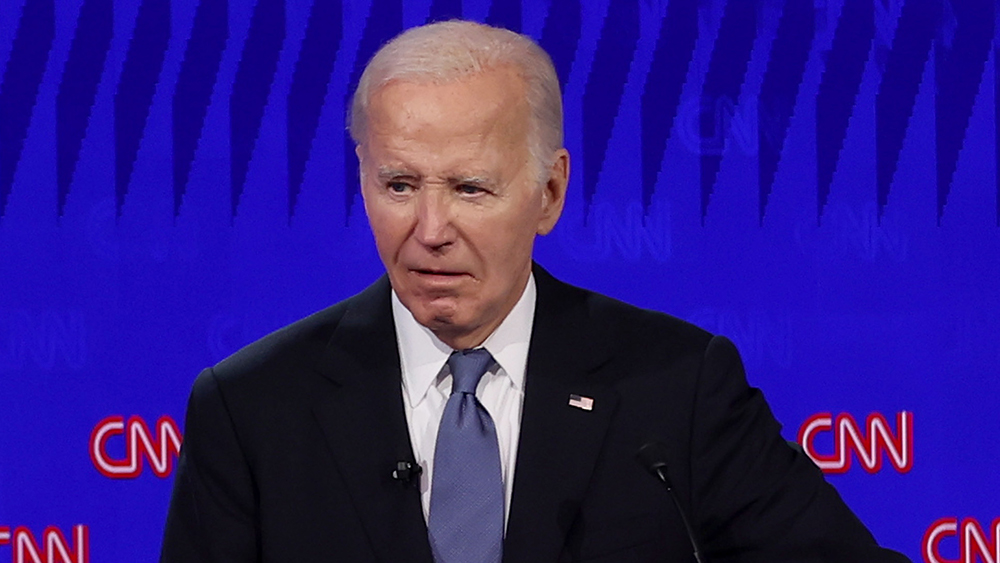"Breaking the Chains" on BrightU: Food forests as ultimate weapon against centralized control
By jacobthomas // 2025-05-14
Tweet
Share
Copy

- In episode 7 of "Breaking the Chains: Decentralize Your Life," Mike Adams and Todd Pitner discuss food forests as a tool against centralized control with Jim Gale and Rob Younkin. They talk about crisis-resilient crops like sweet potatoes and cassava, pond water irrigation and transforming any space into a food oasis.
- Experts discuss how to grow survival superfoods, use fish-poop pond water for irrigation, and understand how food forests act as natural pharmacies and investments.
- Viewers will learn how churches, schools and "Freedom Farm Academies" are decentralizing food production, with AI poised to aid garden optimization.
- In episode 8, Pitner and permaculture expert Cameron James reveal how to defy HOA rules and create a suburban food forest, showcasing Pitner's legal victory and garden transformation.
- This episode will explore "chop and drop" mulching, companion planting and starting small with a "nest" system to build resilient, edible landscapes regardless of property size.
What's in store for you in Episode 7
In episode 7 of "Breaking the Chains: Decentralize Your Life," slated for May 23, hosts Mike Adams, founder of Brighteon.com, and Todd Pitner sit down with Jim Gale and Rob Younkin of FoodForestAbundance.com to reveal how food forests are the ultimate weapon against centralized control. In a world where food supply chains are under siege — from mass poultry culls to toxic geoengineering — freedom begins in your own backyard. From hurricane-proof gardens to HOA battles won, this episode is packed with actionable strategies to grow your own abundance whether you live on a ranch or in a tiny apartment. Discover how Pitner transformed his lawn into a thriving Garden of Eden, why sweet potatoes and cassava are survival superfoods and how pond water beats city taps for irrigation. Viewers can expect to learn a lot of things from Episode 7, including the following:- How to turn any space (even a condo balcony) into a self-sustaining food oasis and why sweet potatoes, cassava and dandelions are must-grow crops for crisis resilience.
- Why fish-poop pond water is the ultimate irrigation hack (and how to harvest rainwater).
- How food forests double as natural pharmacies and why a fruit tree is a better investment than a gold bar (hint: you can't eat gold).
- Food Forest Abundance's blueprint for success, whether you DIY or hire their team
- How churches, schools and "Freedom Farm Academies" are decentralizing food one backyard at a time.
- How AI (like Brighteon.ai) will soon help diagnose plant diseases and optimize gardens.
What's in store for you in Episode 8
In episode 8, slated for May 24, Pitner and permaculture expert Cameron James, founder of I'm Growing Food, take viewers on a tour of this hidden oasis, revealing how anyone, even those under strict HOA regulations, can cultivate their own sustainable, food-producing landscape. In a quiet suburban neighborhood where perfectly manicured lawns reign supreme, one homeowner has defied convention — transforming his ordinary backyard into a lush, edible paradise. Pitner's journey from a cookie-cutter HOA-approved yard to a thriving food forest is nothing short of revolutionary. Viewers can expect to learn a lot of things from Episode 8, including the following:- How Pitner legally fought his homeowners' association to turn his yard into a productive food forest — and won. His story is a blueprint for others facing similar restrictions.
- Witness the stunning transformation — from a barren, pesticide-laden lawn to a biodiverse ecosystem teeming with fruit trees, wildflowers and wildlife.
- James breaks down the science of "chop and drop" mulching, companion planting and rainwater harvesting — proving that nature thrives when left to its own systems.
- How Pitner's food forest bounced back stronger, showcasing nature's resilience despite being decimated by extreme weather.
- How to start small with a "nest" system — just one fruit tree surrounded by edible plants and expand over time.
Want to know more?
Whether you are seeking healing for yourself, your family or your community, Breaking the Chains is an urgent invitation to confront what’s been holding you back and gain liberation. This powerful resource is also featured at MY575e.com, where personal transformation meets purpose. It is a part of a growing movement to equip individuals with the courage, clarity and community needed to live free. If you want to learn more about how you can regain your independence, want to view the presentations at your convenience, or learn at your own pace, you can purchase the "Breaking the Chains: Decentralize Your Life" package here. Upon purchase, you will get instant and unlimited access to 10 "Breaking the Chains: Decentralize Your Life" videos, five bonus videos, four podcasts by Mike Adams and an exclusive liberation toolkit you can use to help regain your independence. Sources include: BrighteonUniversity.com 1 BrightU.com MY575e.com BrighteonUniversity.com 2Tweet
Share
Copy
Tagged Under:
preparedness prepping organic farming food supply survival prepper homesteading green living permaculture off grid sustainable living tips home gardening food freedom self sufficiency rainwater harvesting decentralization food forests survival gardening edible landscaping Food Forest Abundance survival crops crisis resilience HOA battles pond water irrigation Freedom Farm Academies AI gardening
You Might Also Like
Trump secures historic $600 billion Saudi investment, expects 2 million U.S. jobs
By Cassie B. // Share
Healing with DMSO: An effective alternative medicine for pain, inflammation and chronic illness
By Olivia Cook // Share
Preparedness 101: Avoiding common prepping pitfalls for survival success
By Zoey Sky // Share
Trump eyes $1 trillion Saudi investments as Gaza war stalls Israel deal
By Cassie B. // Share
Recent News
From pills to plates: The nutraceutical revolution redefining disease prevention
By bellecarter // Share
The truth about Benzyl Alcohol in beauty products
By zoeysky // Share
Texas measles outbreak used as political psyop to pressure RFK Jr., whistleblower claims
By finnheartley // Share











